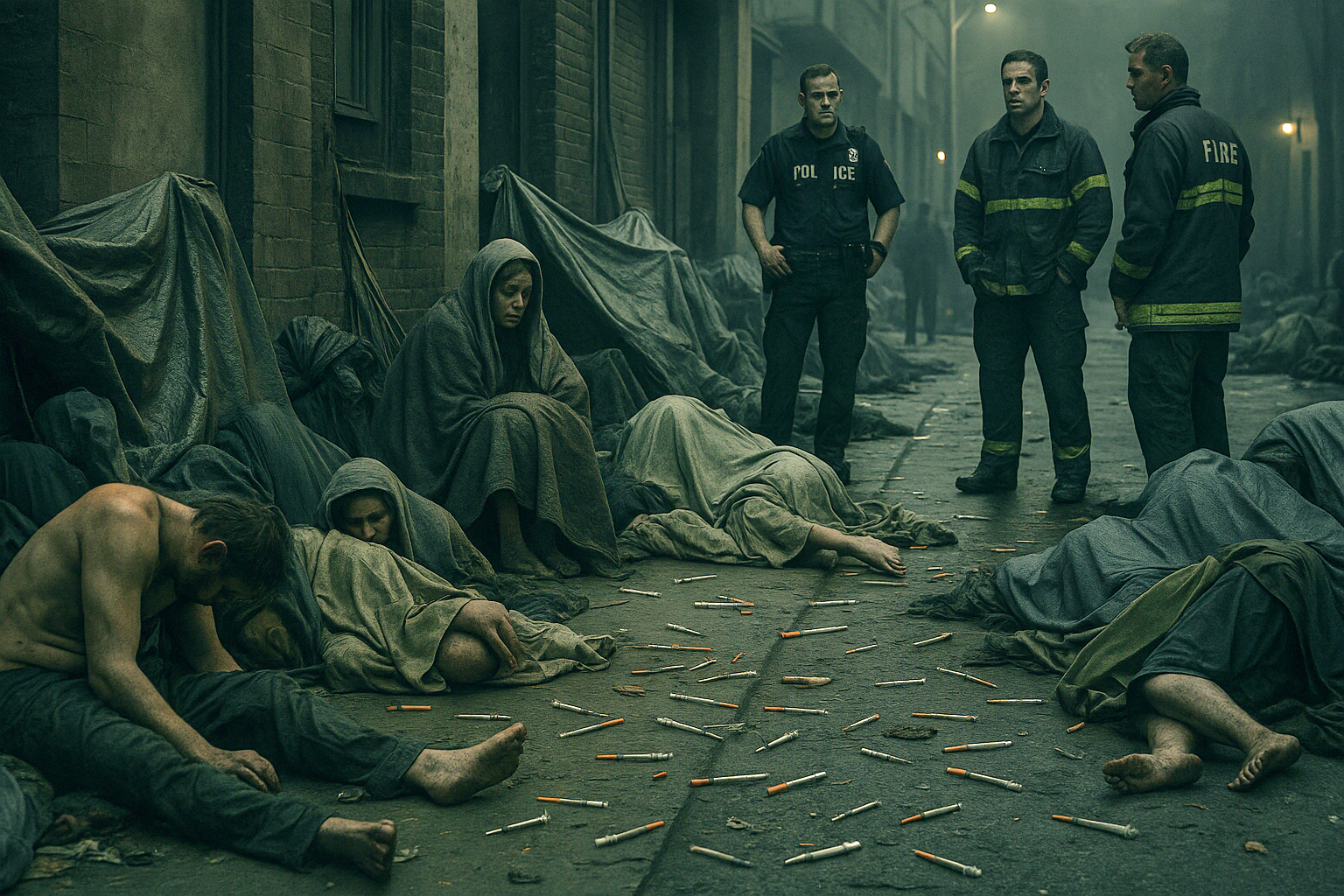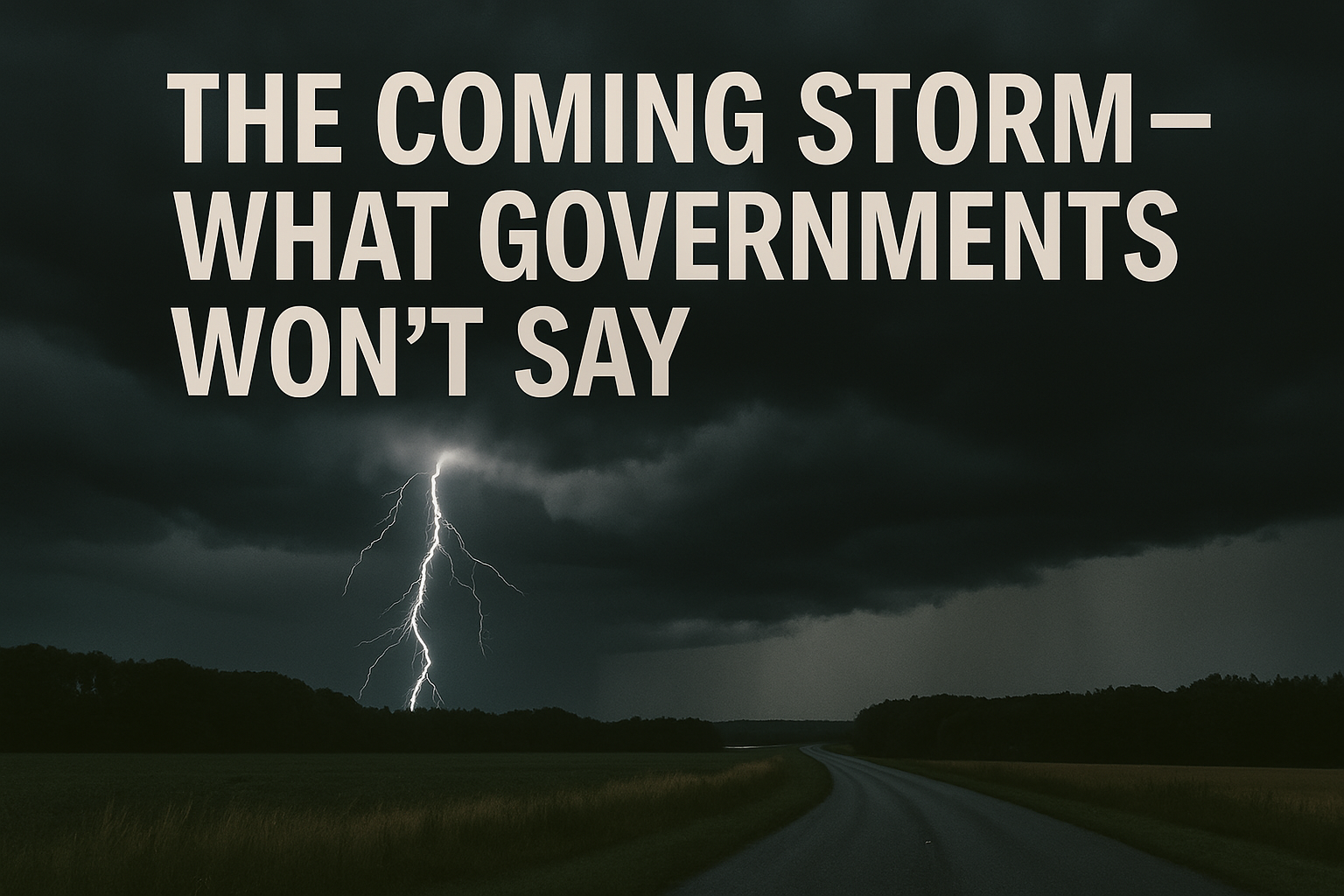Quote: “In a nation with finite care, compassion becomes a currency.”
Chapter 9: The Coming Storm – What Governments Won’t Say
There’s a truth simmering just below the surface of every budget meeting, emergency room, and political speech: we can’t afford everything. And when the system finally breaks, hard choices will be made.
Addiction and mental health care are consuming more and more resources. Meanwhile, the rest of the population—seniors waiting for surgeries, working families struggling for access to family doctors, children needing therapy—are told to wait.
How long before the public asks: who’s really being prioritized?
The Limits of Compassion
Governments frame every decision as a matter of values. But values cost money. When overdose prevention sites open while rural hospitals close, questions arise. When addicts receive free pharmaceuticals while diabetics pay out of pocket, tensions grow.
We’re told not to compare. But people do. And when resources are finite, compassion becomes a currency that not everyone can spend.
Political Paralysis
No politician wants to say it out loud. That someday, choices will have to be made between addiction support and other essential services. That continuing to fund a system with no exit strategy may come at the cost of care for others.
And so they stall. Fund everything. Please everyone. Say nothing.
But cracks are forming. Nurses are quitting. ERs are overwhelmed. Communities are divided. And behind the scenes, policymakers are already weighing the unthinkable.
Two Systems, One Collapse
We now have two parallel healthcare tracks: one built around harm reduction and addiction management, and another crumbling under the weight of delays, burnout, and funding shortfalls.
How long can both exist?
What happens when voters demand more accountability? When taxpayers say “enough”? When governments realize that to save one group, they may have to let another fall further behind?
A Moral Crisis Wrapped in Red Tape
This isn’t just a question of budgets. It’s a question of identity. Who are we willing to save? Who do we see as salvageable? What does fairness look like when everyone is hurting?
And what happens when political courage runs out?
The Storm Is Coming
At some point, governments will be forced to make a choice: continue investing in a system that manages addiction with no end in sight—or redirect funds to serve the broader population.
Either choice carries risk. And either choice will create backlash.
But avoiding the choice altogether? That’s what brought us here.
In the final chapter, we look at the quiet resistance to real solutions—and ask why so many seem invested in keeping the crisis going.

